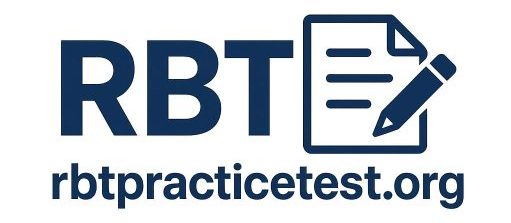75-Question RBT Practice Exam Free Online
This free RBT practice exam includes 75 questions that cover all sections of the RBT Task List (2nd ed.). The 75-question RBT exam is a full-length test that helps you apply and assess your knowledge based on the actual certification format. In this exam, you’ll evaluate your skills, review essential ABA concepts, and practice in a realistic test environment. It is ideal for those preparing to certify as a Registered Behavior Technician.
Review your score & keep practicing
After completing the practice exam and seeing your score, you can assess your knowledge level of RBT. If you answered 70 or more questions correctly, you’re likely ready for the real RBT exam. A score between 60 and 69 means you’re on the right track, but you should revisit certain areas.
Use our RBT exam study guide to guide your review through all organized task list sections with examples and explanations tailored to each domain.
If you’re aiming to simulate the real test experience, try our full-length 85-question Practice Exam that mirrors the format and difficulty of the actual certification test. It’s a great way to test your endurance, identify weak areas, and measure how well you apply your knowledge across all domains.
When you feel prepared well, challenge yourself with a mock exam modeled after the RBT Pearson Exam. Getting familiar with the official test format and procedures will boost your confidence and help you stay calm and focused on exam day.
You can always find list of all free practice test on our website on our Homepage.
